Points clés
• "Bloom" du chocolat apparaît comme un revêtement poudreux blanc ou grisâtre et est totalement sûr à consommer
• Moisissure sur le chocolat présente généralement des croissances floues, vertes, bleues ou noires avec des odeurs de moisi
• Un stockage approprié dans des conditions fraîches et sèches prévient à la fois la formation de "bloom" et de moisissure
• En cas de doute sur la sécurité du chocolat, faites confiance à vos sens - odeur, texture et apparence
• Chocolat de qualité provenant de sources réputées comme Zucchero Canada réduit les risques de contamination
Avez-vous déjà ouvert votre barre de chocolat préférée pour découvrir un mystérieux revêtement blanc à sa surface ? Avant de paniquer et de la jeter, comprenez la différence cruciale entre fleurage du chocolat vs moisissure peut vous éviter des déchets inutiles et des risques potentiels pour la santé. Ce guide complet vous aidera à identifier ce que vous observez et à prendre des décisions éclairées sur la sécurité de votre chocolat.
En tant qu'amateurs de chocolat, nous avons tous rencontré ce dilemme. Cette barre de chocolat impeccable que vous gardiez soudainement présente une apparence inhabituelle, vous laissant vous demander si elle est encore sûre à consommer. La bonne nouvelle est que la plupart des revêtements blancs sur le chocolat sont un "bloom" totalement inoffensif plutôt qu'une moisissure dangereuse.
Comprendre le "bloom" du chocolat : le revêtement blanc inoffensif
Le "bloom" du chocolat est un phénomène naturel qui se produit lorsque le chocolat subit des fluctuations de température ou d'humidité. Cette condition totalement sûre se manifeste par un revêtement poudreux blanc, grisâtre ou parfois légèrement jaunâtre à la surface du chocolat.
Types de fleurage du chocolat
Bloom gras
Le fleurage gras se produit lorsque le beurre de cacao se sépare du chocolat et remonte à la surface, créant un revêtement blanchâtre. Cela se produit généralement lorsque le chocolat est exposé à des températures chaudes puis refroidi, provoquant la réorganisation des cristaux de graisse.
Fleur de sucre
Le fleurage sucré se développe lorsque l'humidité entre en contact avec le chocolat, dissolvant les sucres de surface qui se recristallisent ensuite en taches ou plaques blanches lorsque l'humidité s'évapore.
Caractéristiques du fleurage du chocolat
• Apparaît comme une poudre uniforme blanche ou grisâtre
• Se sent sec et poussiéreux au toucher
• N'a pas d'odeur distincte ou sent le chocolat normal
• Peut être facilement essuyé avec un chiffon
• Le chocolat en dessous reste ferme et de couleur normale
• Sans danger à consommer sans risques pour la santé
Le fleurage n'affecte pas la sécurité du chocolat, bien qu'il puisse légèrement altérer la texture et l'apparence. De nombreux chocolatiers professionnels et experts en confiserie dans des établissements comme Zucchero Canada comprenez que le fleurage est simplement un problème esthétique plutôt qu'une préoccupation de qualité.
Identifier la moisissure sur le chocolat : quand s'inquiéter
À quoi ressemble la moisissure sur le chocolat ? Contrairement au fleurage, la moisissure sur le chocolat présente des caractéristiques visuelles et olfactives distinctes qui indiquent clairement une détérioration. Comprendre ces signes est crucial pour la sécurité alimentaire.
Signes visuels de moisissure sur le chocolat
À quoi ressemble le chocolat moisi devient apparent à travers plusieurs caractéristiques distinctives :
• Croissances duveteuses, semblables à des poils, à la surface
• Couleurs allant du vert, bleu, noir ou blanc avec texture
• Taches irrégulières plutôt qu'un revêtement uniforme
• Pénétration dans le chocolat plutôt qu'apparence en surface
• Spores visibles ou formations cotonneuses
Autres indicateurs de moisissure
Test olfactif
Le chocolat moisi dégage généralement une odeur de moisi, humide ou aigre, nettement différente de l'arôme naturel du chocolat. Le chocolat frais doit sentir riche et agréable, pas offensant ou inhabituel.
Changements de texture
La moisissure s'accompagne souvent d'autres signes de détérioration, notamment :
• Texture molle ou friable
• Humidité ou collant inhabituel
• Décoloration au-delà de la surface
• Changements structurels dans l'intégrité du chocolat
Le chocolat peut-il moisir ? Comprendre les conditions
Le chocolat peut-il moisir ? La réponse est oui, bien que le chocolat soit naturellement résistant à la croissance de la moisissure en raison de sa faible teneur en humidité et de sa forte concentration en sucre. Cependant, certaines conditions peuvent favoriser le développement de la moisissure.
Facteurs favorisant la croissance de la moisissure
Exposition à l'humidité
Les environnements à forte humidité ou le contact direct avec l'eau créent des conditions idéales pour que les spores de moisissure prospèrent. C'est pourquoi un stockage approprié est essentiel pour maintenir la qualité du chocolat.
Fluctuations de température
Les changements extrêmes de température peuvent provoquer de la condensation, fournissant l'humidité nécessaire à la croissance de la moisissure. Conserver le chocolat dans des conditions fraîches et constantes prévient ce problème.
Sources de contamination
• Manipulation incorrecte avec des mains mouillées
• Stockage à proximité d'aliments moisis
• Exposition à des environnements sales
• Emballage endommagé permettant l'entrée d'humidité
Le chocolat moisit-il dans des conditions normales ?
Le chocolat moisit-il dans des conditions de stockage typiques ? Le chocolat pur développe rarement de la moisissure lorsqu'il est correctement stocké. La combinaison d'une faible activité de l'eau, d'une forte teneur en sucre et souvent de conservateurs ajoutés crée un environnement hostile à la plupart des espèces de moisissures.
Cependant, certains produits chocolatés sont plus susceptibles :
• Chocolat à haute teneur en lait
• Chocolats fourrés avec des crèmes ou des centres aux fruits
• Chocolats faits main sans conservateurs
• Chocolat stocké dans des environnements humides
Comment savoir si le chocolat est moisi : un guide étape par étape
Comment savoir si le chocolat est moisi nécessite un examen attentif utilisant plusieurs sens et des techniques d'évaluation systématiques. Identifier la moisissure sur le chocolat est crucial pour la sécurité alimentaire, car consommer du chocolat moisi peut entraîner des problèmes de santé allant des réactions allergiques aux troubles digestifs. Le processus commence par comprendre que la moisissure sur le chocolat apparaît nettement différente du fleurissement inoffensif, nécessitant une attention particulière aux indices visuels, olfactifs et texturaux spécifiques.
Étape 1 : Inspection visuelle
Commencez votre évaluation en examinant le chocolat sous un bon éclairage, de préférence à la lumière naturelle ou sous un éclairage LED blanc vif. Recherchez des signes révélateurs qui distinguent la moisissure du fleurissement, car ces deux conditions présentent des caractéristiques visuelles très différentes. À quoi ressemble la moisissure sur le chocolat devient clair lorsque vous savez quoi observer :
• Croissances duveteuses, semblables à des poils, qui paraissent tridimensionnelles plutôt que plates
• Couleurs allant du vert, bleu, noir ou blanc avec une texture visible
• Taches ou zones irrégulières plutôt qu'un revêtement uniforme sur toute la surface
• Signes de pénétration dans le chocolat plutôt qu'une apparence en surface
• Formations cotonneuses ou spores visibles qui peuvent sembler légèrement bouger
• Taches qui semblent avoir de la profondeur ou une ombre en dessous
La différence clé réside dans la texture et le motif - tandis que le fleurissement apparaît comme un revêtement uniforme et poudreux, la moisissure se présente sous forme de croissances irrégulières et duveteuses qui semblent avoir du volume et de la profondeur.
Étape 2 : Test olfactif
Le test olfactif fournit l'un des indicateurs les plus fiables de l'état du chocolat, car à quoi ressemble le chocolat moisi correspond souvent à des changements d'odeur distinctifs. Tenez le chocolat à environ 5-7 cm de votre nez et inspirez doucement. Le chocolat frais doit conserver son arôme riche et sucré caractéristique sans aucune odeur désagréable. Le chocolat moisi produit généralement plusieurs signes d'alerte :
• Odeurs de moisi, humides, rappelant celles d'un sous-sol ou d'un grenier
• Odeurs aigres ou acides qui contrastent fortement avec la douceur naturelle du chocolat
• Arômes terreux ou de sol qui semblent déplacés
• Toute odeur qui vous fait instinctivement reculer ou froncer le nez
• Absence du parfum chocolaté attendu, remplacé par des odeurs désagréables
Fiez-vous à votre instinct pendant ce test - si quelque chose sent mauvais, c'est probablement le cas. Le nez humain est remarquablement sensible pour détecter les signes de détérioration qui pourraient ne pas être immédiatement visibles.
Étape 3 : Test tactile (lorsque c'est sûr)
Si les tests visuels et olfactifs sont inconclusifs et que vous n'avez pas détecté de signes évidents de moisissure, vous pouvez procéder à un examen tactile avec précaution. Cependant, faites preuve de prudence et lavez-vous soigneusement les mains ensuite, car les spores de moisissure peuvent se transférer sur la peau et provoquer des réactions allergiques chez les personnes sensibles. Lors du test tactile :
• Touchez doucement la surface avec des mains propres et sèches en exerçant une pression minimale
• Notez si le revêtement semble duveteux, texturé ou en relief plutôt que lisse
• Vérifiez si la substance a une qualité collante ou humide, différente du chocolat normal
• Observez si le revêtement s'efface facilement ou semble incrusté dans le chocolat
• Faites attention à tout changement dans l'intégrité structurelle du chocolat
• Remarquez si vos doigts recueillent des résidus colorés ou des textures inhabituelles
La floraison légitime doit être sèche et poudreuse, s'effaçant avec un minimum d'effort, tandis que la moisissure a souvent une texture différente et peut ne pas s'enlever aussi facilement de la surface du chocolat.
Étape 4 : Évaluation environnementale
Considérez les conditions de stockage et les circonstances entourant votre chocolat, car ces facteurs influencent significativement la probabilité de développement de moisissure versus la formation de floraison. L'évaluation environnementale aide à contextualiser vos observations et soutient votre processus de décision en matière de sécurité :
• Évaluez si le chocolat a été exposé à l'humidité, à la condensation ou à des fluctuations de température
• Considérez la durée de stockage du chocolat et dans quelles conditions
• Évaluez si l'emballage montre des signes de dommage, de condensation ou de compromission
• Réfléchissez à savoir si le chocolat a été stocké près d'autres aliments susceptibles d'avoir développé de la moisissure
• Passez en revue les habitudes typiques d'humidité et de température du lieu de stockage
• Notez tout changement récent dans les conditions de stockage qui pourrait avoir affecté le chocolat
Comprendre ces facteurs environnementaux aide à distinguer les conditions qui favorisent une floraison inoffensive de celles qui encouragent la croissance dangereuse de moisissures, permettant une évaluation plus précise de la sécurité de votre chocolat.
Stockage approprié du chocolat : la prévention est essentielle
Prévenir à la fois la floraison et la moisissure nécessite de comprendre les conditions de stockage optimales. Les détaillants professionnels de chocolat et les spécialistes de la confiserie appliquent des protocoles stricts de stockage pour maintenir la qualité du produit.
Conditions de stockage idéales
Contrôle de la température
Maintenez le chocolat entre 60-70°F (15-21°C) avec des fluctuations minimales. Évitez de stocker le chocolat dans :
• Lumière directe du soleil
• Près des sources de chaleur
• Zones avec variations de température
• Réfrigérateurs (sauf si nécessaire dans les climats très chauds)
Gestion de l'humidité
Maintenez une humidité relative inférieure à 50 % pour éviter la floraison du sucre et la formation de moisissures. Utilisez ces stratégies :
• Stockez dans des contenants hermétiques
• Incluez des sachets de gel de silice pour une protection supplémentaire
• Évitez de stocker au sous-sol ou dans la salle de bain
• Choisissez des endroits frais et secs dans le garde-manger
Conseils de stockage professionnels
Fournisseurs de chocolat de qualité comme ceux de Zucchero Canada suivez les meilleures pratiques de l'industrie :
• Préservation de l'emballage d'origine - Gardez le chocolat dans son emballage d'origine lorsque c'est possible
• Protection par un contenant secondaire - Placez le chocolat emballé dans des contenants hermétiques
• Cohérence de la température - Évitez de déplacer le chocolat entre différentes zones de température
• Rotation appropriée - Utilisez d'abord le chocolat le plus ancien pour éviter un stockage prolongé
Quand jeter le chocolat : consignes de sécurité
Bien que la fleur soit inoffensive, certaines situations nécessitent de jeter le chocolat pour des raisons de sécurité. Comprendre ces directives protège votre santé et garantit des expériences chocolatées agréables.
Indicateurs définitifs de mise au rebut
Présence confirmée de moisissure
Si vous identifiez une véritable croissance de moisissure, jetez la totalité du morceau de chocolat. La moisissure peut produire des toxines nocives et avoir pénétré plus profondément que la surface visible.
Odeurs fortes désagréables
Tout chocolat dégageant des odeurs de moisi, aigres ou autrement désagréables doit être jeté, quelle que soit son apparence visuelle.
Détérioration structurelle
Chocolat présentant des signes de :
• Mollesse ou texture pâteuse inhabituelle
• Fissures ou émiettement au-delà du vieillissement normal
• Décoloration sur l'ensemble du produit
• Contamination ou dommages par des insectes
Quand la fleur est encore sans danger
Le chocolat avec fleur reste sûr à consommer lorsque :
• Le revêtement s'essuie facilement
• Aucune odeur inhabituelle n'est présente
• Le chocolat en dessous semble normal
• Les conditions de stockage n'étaient pas extrêmement mauvaises
• Le chocolat conserve son intégrité structurelle
Implications pour la santé : comprendre les risques
Les implications pour la santé de la consommation de chocolat avec fleur par rapport à la moisissure diffèrent considérablement. Prendre des décisions éclairées protège votre bien-être tout en évitant le gaspillage inutile.
Sécurité de la consommation de la fleur
La fleur du chocolat ne présente aucun risque pour la santé. Le revêtement blanc est constitué soit de :
• Beurre de cacao (fleur de graisse) - complètement comestible et sûre
• Sucre cristallisé (fleur de sucre) - inoffensive et comestible
De nombreux connaisseurs et professionnels du chocolat continuent de consommer du chocolat fleuri, comprenant qu'il s'agit simplement d'un problème esthétique qui n'affecte pas la sécurité.
Risques liés à la consommation de moisissure
La consommation de chocolat moisi peut entraîner :
• Réactions allergiques chez les personnes sensibles
• Problèmes respiratoires dus aux spores de moisissure
• Exposition potentielle aux mycotoxines
• Troubles digestifs ou maladies
• Aggravation des allergies existantes à la moisissure
Note importante : Ne tentez jamais de couper les parties moisies du chocolat. Les racines de la moisissure peuvent s'étendre dans tout le produit, rendant la consommation partielle dangereuse.
Conseils d'experts pour l'évaluation de la qualité du chocolat
Les chocolatiers professionnels et les experts en sécurité alimentaire recommandent des techniques spécifiques pour évaluer la qualité du chocolat. Ces connaissances de l'industrie aident les consommateurs à prendre des décisions éclairées sur la sécurité et la qualité du chocolat.
Méthodes d'évaluation professionnelles
Approche d'analyse sensorielle
Les scientifiques de l'alimentation utilisent une évaluation sensorielle systématique :
• Examen visuel sous un éclairage constant
• Évaluation de l'arôme en utilisant une technique appropriée
• Évaluation de la texture lorsque c'est approprié
• Analyse comparative avec des échantillons connus bons
Indicateurs de qualité à surveiller
• Apparence de la surface - textures lisses versus irrégulières
• Cohérence des couleurs - décoloration uniforme versus irrégulière
• Intégrité structurelle - ferme versus mou ou friable
• Profil aromatique - odeurs agréables versus désagréables
Bonnes pratiques pour les consommateurs
Les amateurs de chocolat peuvent adopter des pratiques professionnelles :
• Achetez auprès de fournisseurs réputés avec un stockage approprié
• Vérifiez les dates d'expiration et les recommandations de stockage
• Surveillez les conditions de stockage chez vous
• Faites confiance à vos sens pour évaluer la sécurité du chocolat
• En cas de doute, privilégiez la sécurité plutôt que l'économie
Collections de chocolat de qualité provenant de détaillants établis comme Zucchero Canada subir un contrôle qualité rigoureux, réduisant la probabilité de rencontrer des problèmes liés au stockage.
Questions fréquemment posées
Q : Le chocolat blanc est-il plus susceptible à la moisissure que le chocolat noir ?
R : Oui, le chocolat blanc contient une teneur en lait plus élevée et moins d'antioxydants, ce qui le rend plus vulnérable à la détérioration. La teneur en humidité plus élevée des chocolats à base de lait crée des conditions plus favorables à la croissance de moisissures.
Q : Puis-je prévenir complètement le fleurage du chocolat ?
R : Bien que vous ne puissiez pas éliminer complètement le risque de fleurage, un stockage approprié réduit considérablement son apparition. Maintenir des températures constantes entre 15 et 21 °C et une humidité inférieure à 50 % minimise le développement du fleurage.
Q : Combien de temps le chocolat dure-t-il avant de développer des problèmes ?
R : Le chocolat noir correctement stocké peut durer plus de 2 ans, tandis que les chocolats au lait et blancs conservent généralement leur qualité pendant 6 à 12 mois. Les conditions de stockage comptent plus que les durées absolues.
Q : Dois-je réfrigérer le chocolat pour prévenir la moisissure ?
R : La réfrigération n'est généralement pas nécessaire et peut en fait favoriser la formation de fleurage en raison des fluctuations de température lors du retrait du chocolat. Ne réfrigérez que dans des climats extrêmement chauds et humides.
Q : Le fleurage peut-il revenir après que je l'ai essuyé ?
R : Oui, si les conditions de stockage sous-jacentes n'ont pas changé, le fleurage peut réapparaître. Résoudre les problèmes de température et d'humidité empêche la récurrence.
Q : Les chocolats chers sont-ils moins susceptibles de développer des problèmes ?
R : Les chocolats de meilleure qualité ont souvent une meilleure stabilité grâce à des ingrédients et des procédés de fabrication supérieurs, mais ils ne sont pas à l'abri des problèmes liés au stockage. Un stockage approprié reste essentiel quel que soit la qualité du chocolat.
Conclusion
Comprendre la différence entre fleurage du chocolat vs moisissure vous permet de prendre des décisions éclairées sur la sécurité et la qualité du chocolat. Alors que le fleurage représente un problème cosmétique inoffensif, la moisissure indique des risques potentiels pour la santé nécessitant une élimination immédiate.
N'oubliez pas qu'un stockage approprié prévient la plupart des problèmes de détérioration du chocolat. Maintenir des températures fraîches et constantes ainsi qu'une faible humidité protège votre investissement en chocolat tout en garantissant une consommation sûre. Lors de l'achat de chocolat, choisissez des fournisseurs réputés qui privilégient un stockage et une manipulation appropriés.
Fiez-vous à vos sens pour évaluer la sécurité du chocolat - l'apparence visuelle, l'arôme et la texture fournissent des indicateurs fiables de l'état du chocolat. En cas de doute, privilégiez la sécurité plutôt que d'économiser quelques dollars sur un chocolat douteux.
Pour des sélections de chocolat haut de gamme conservées dans des conditions optimales, explorez les collections de qualité disponibles chez Zucchero Canada, où une manipulation et un stockage appropriés garantissent que vous recevez le chocolat dans sa meilleure qualité.

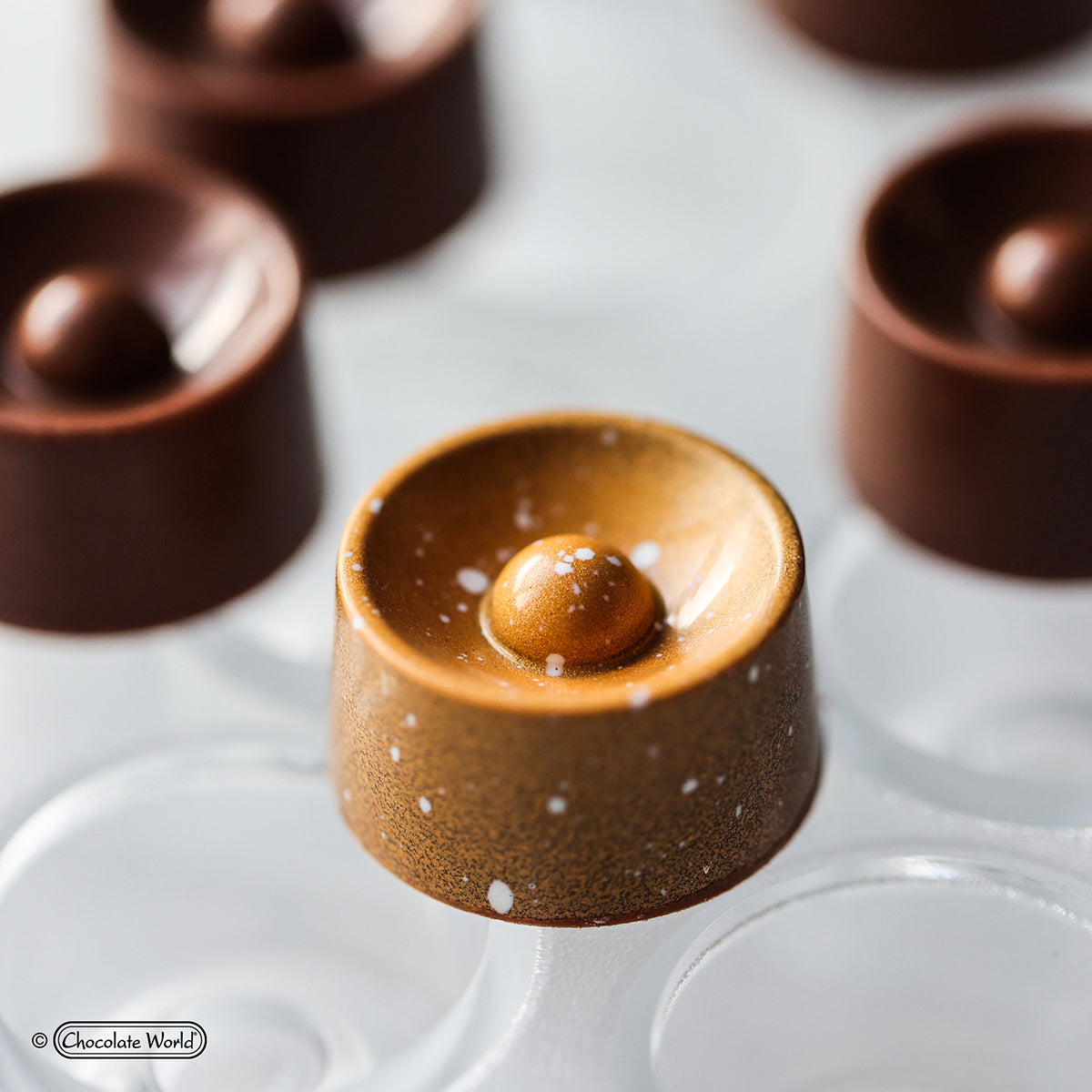
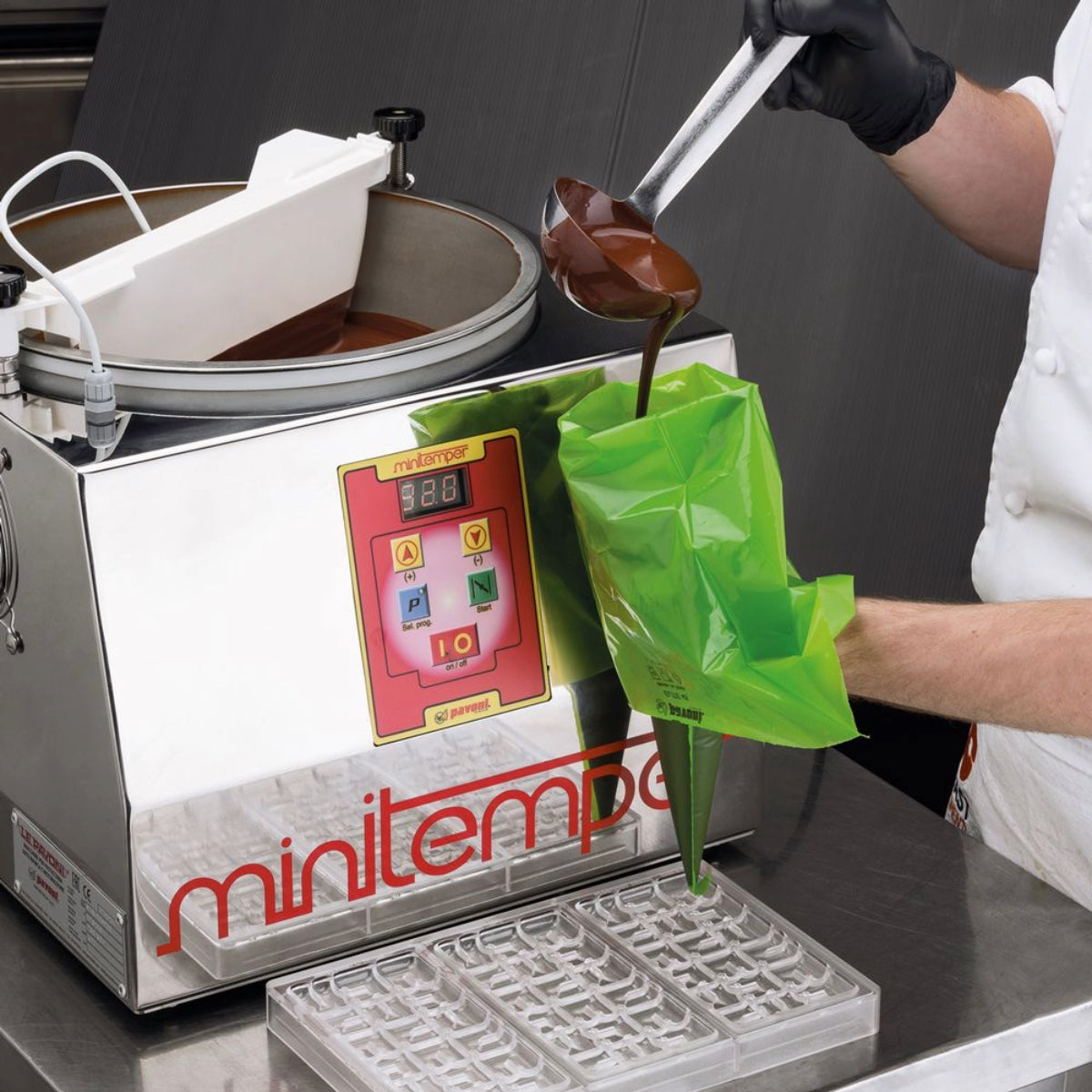
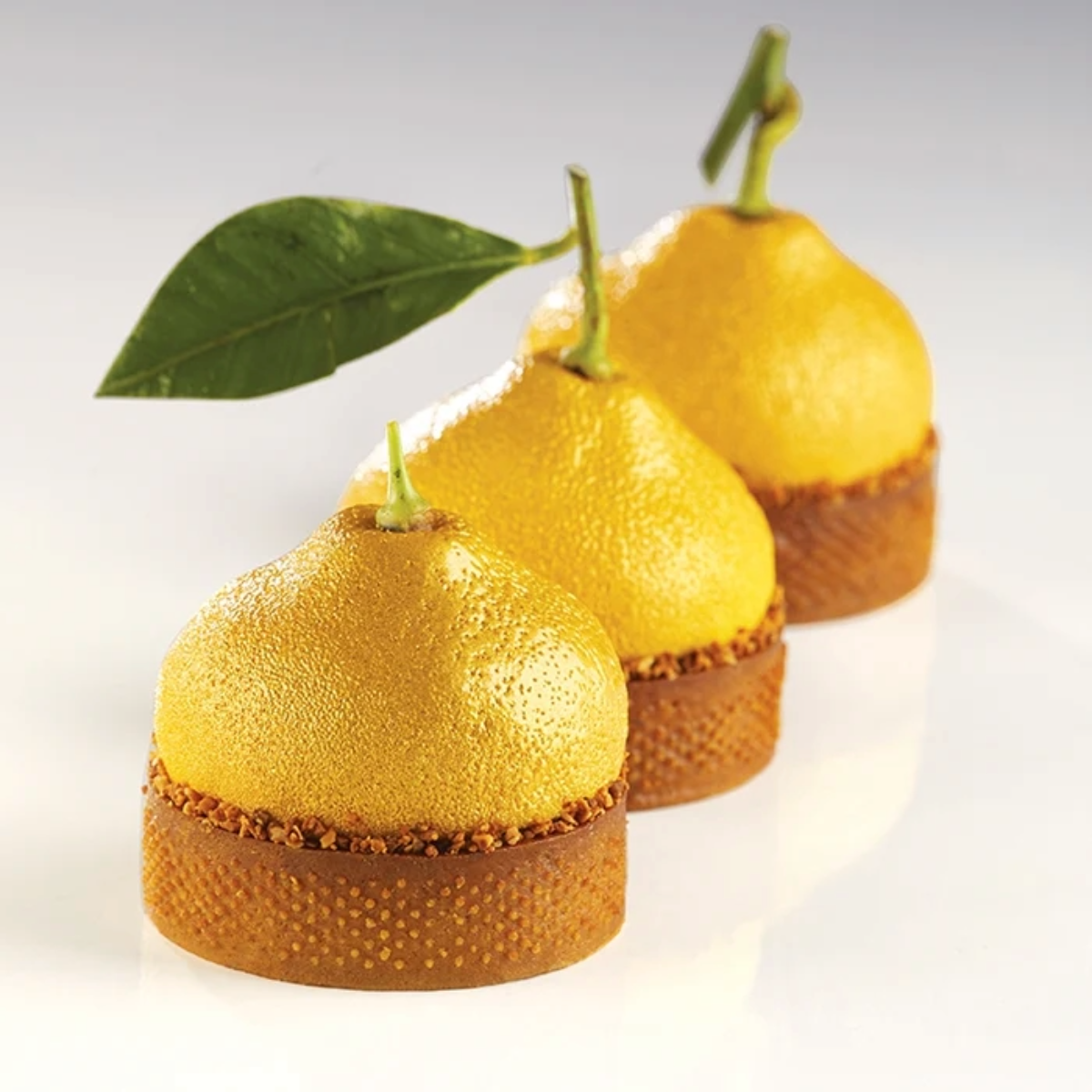
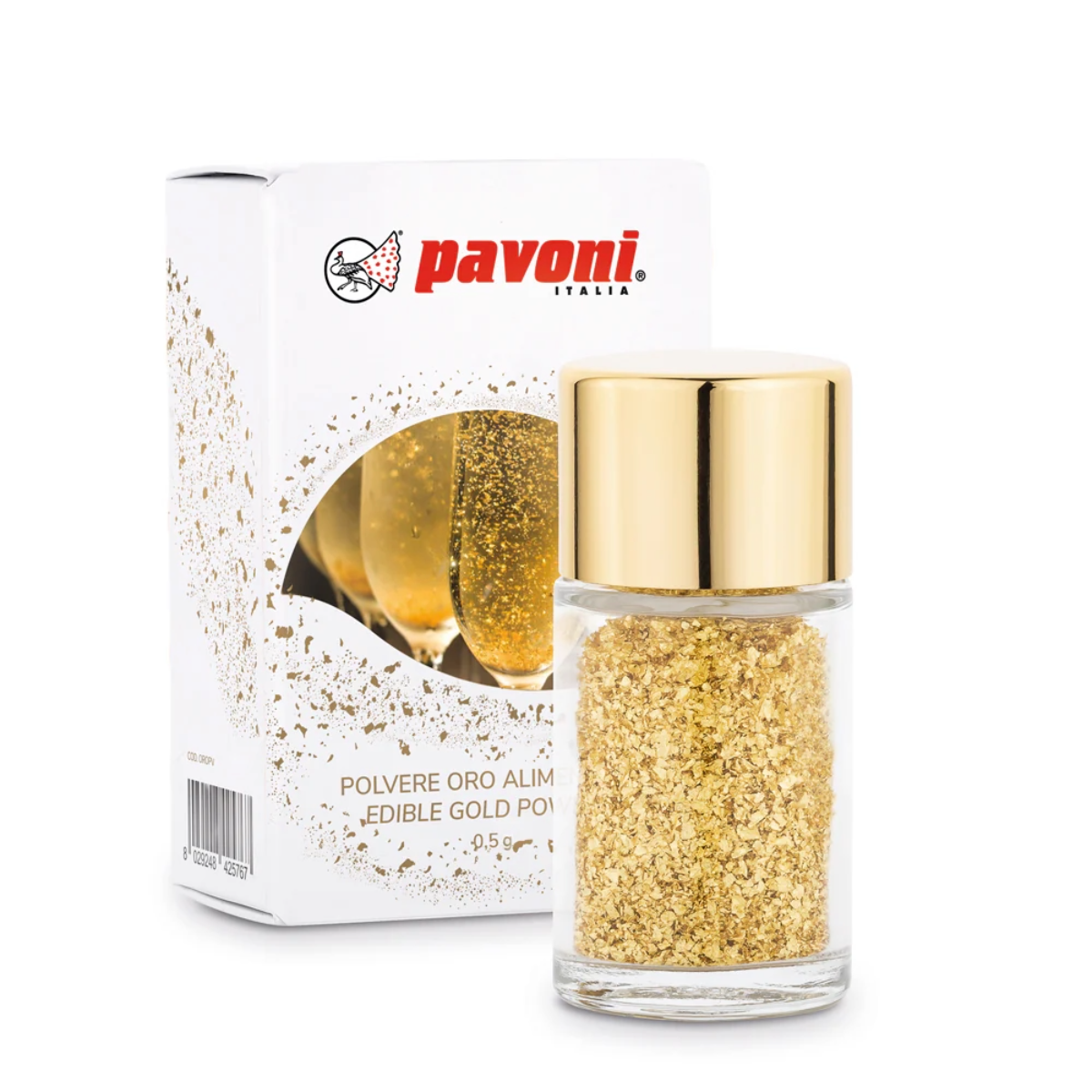

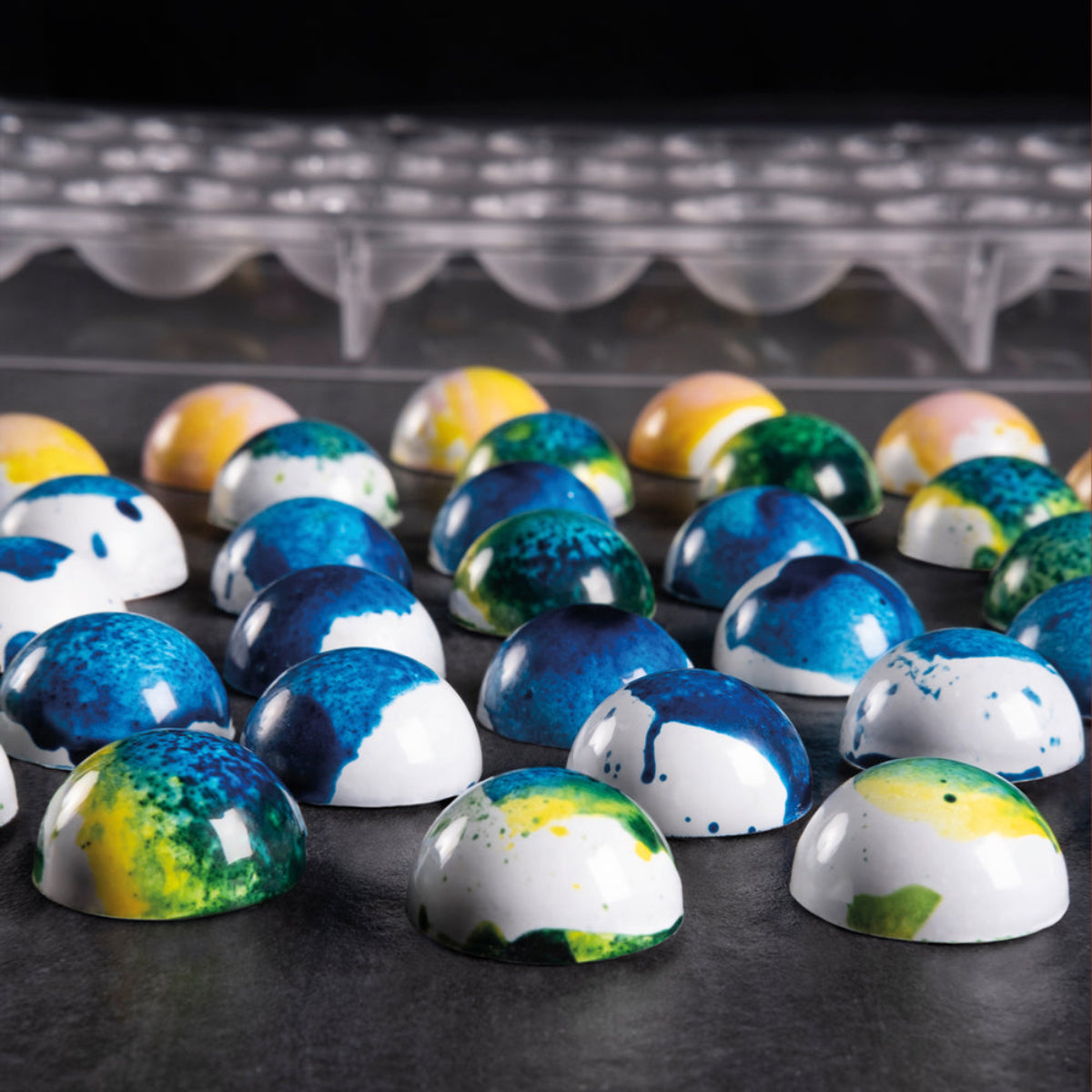



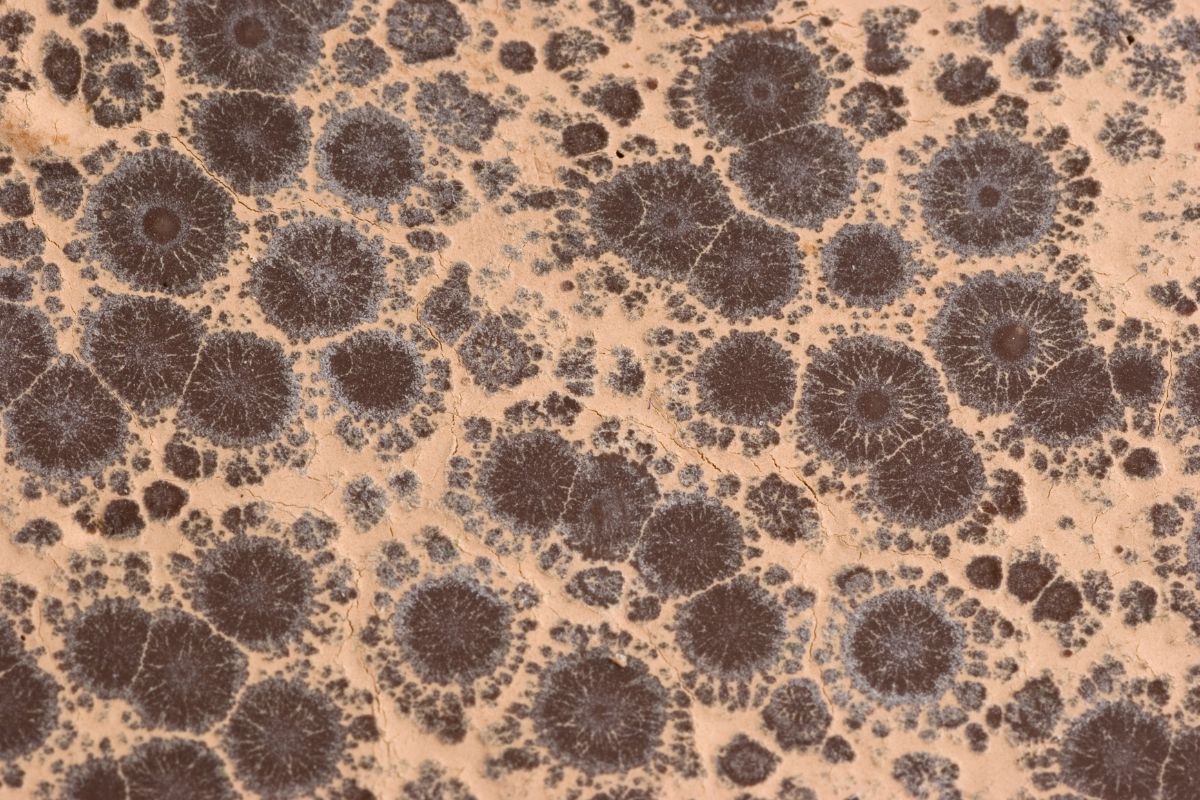
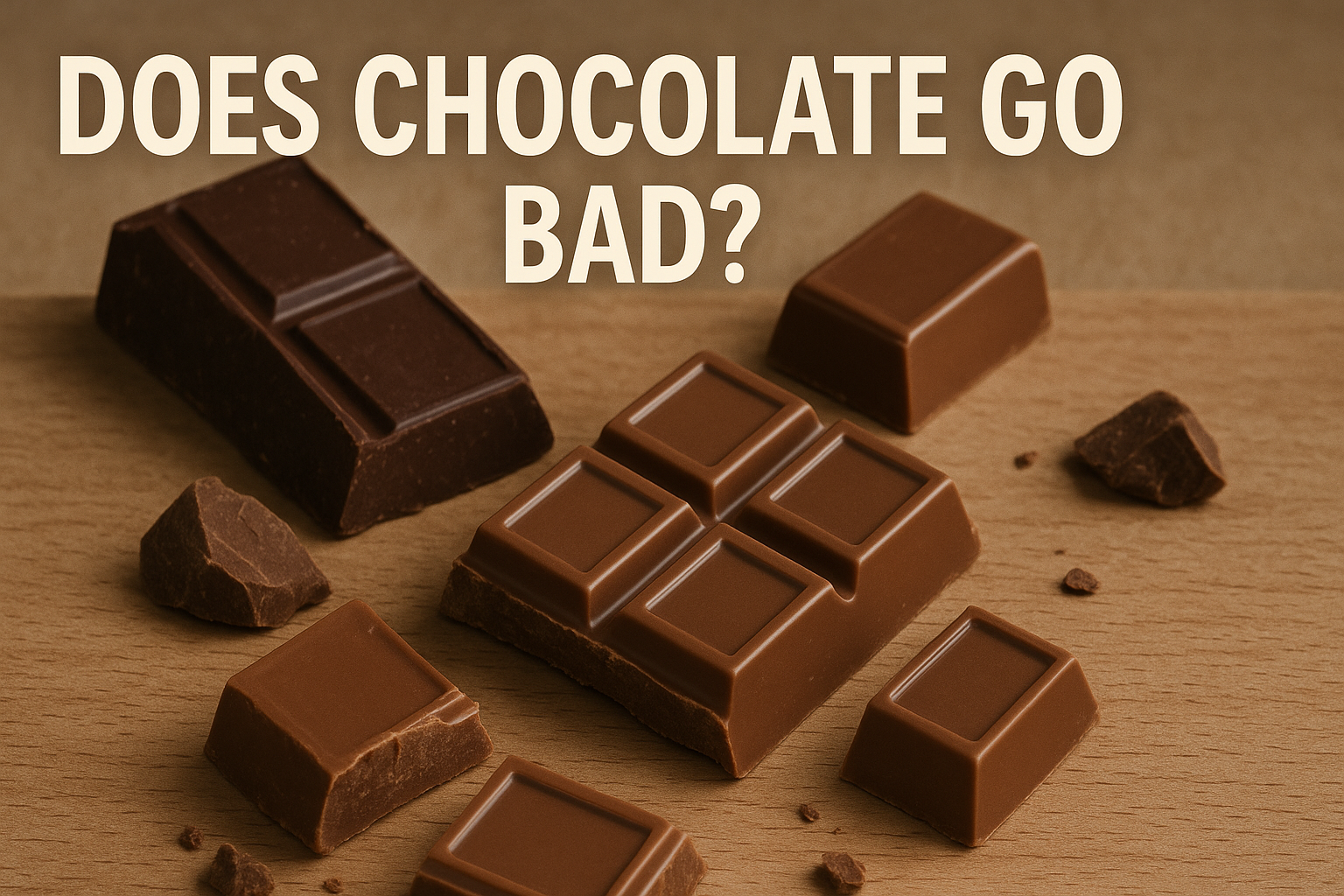
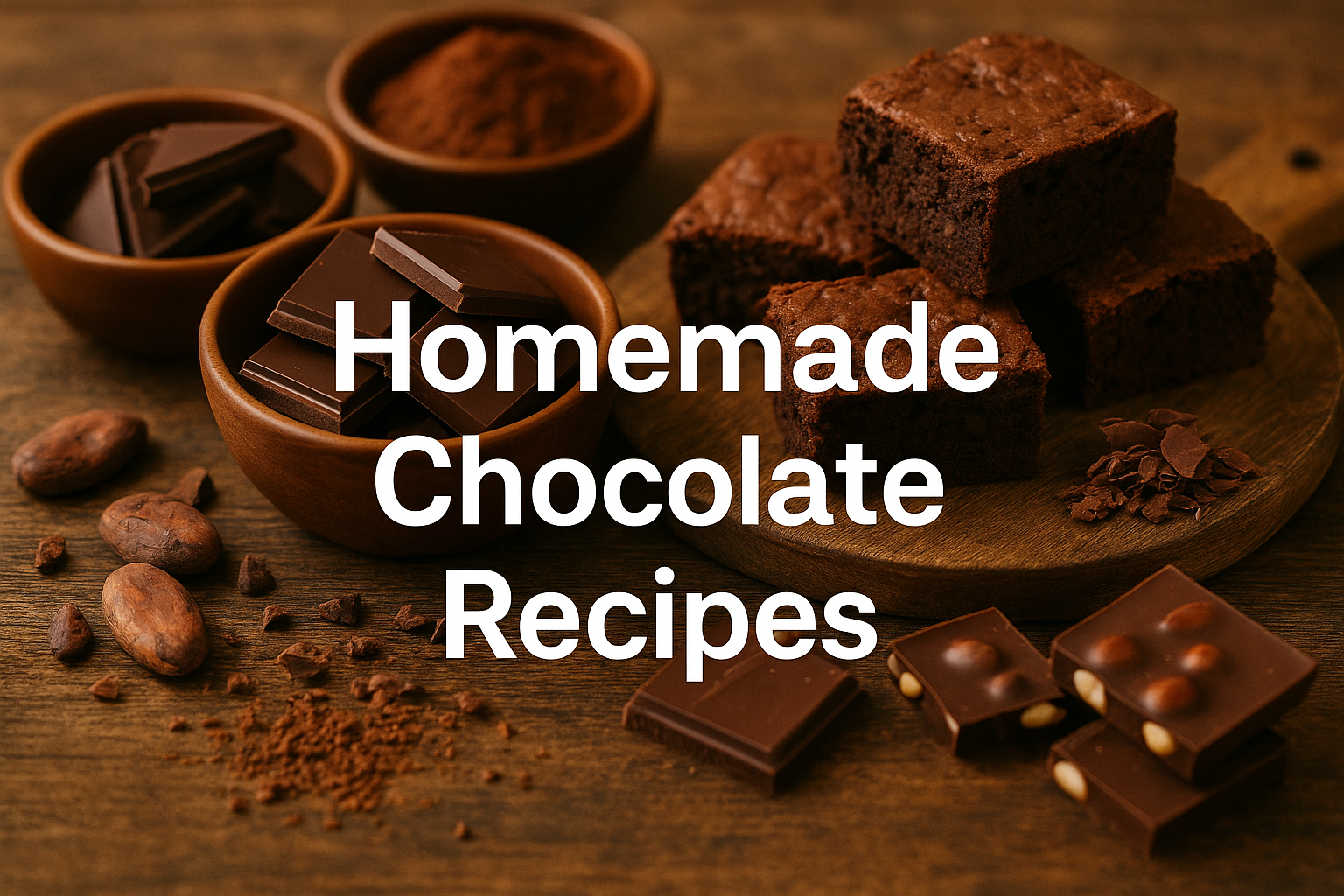


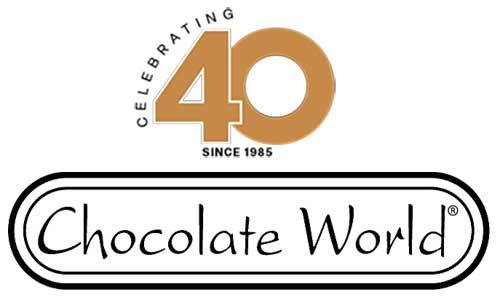

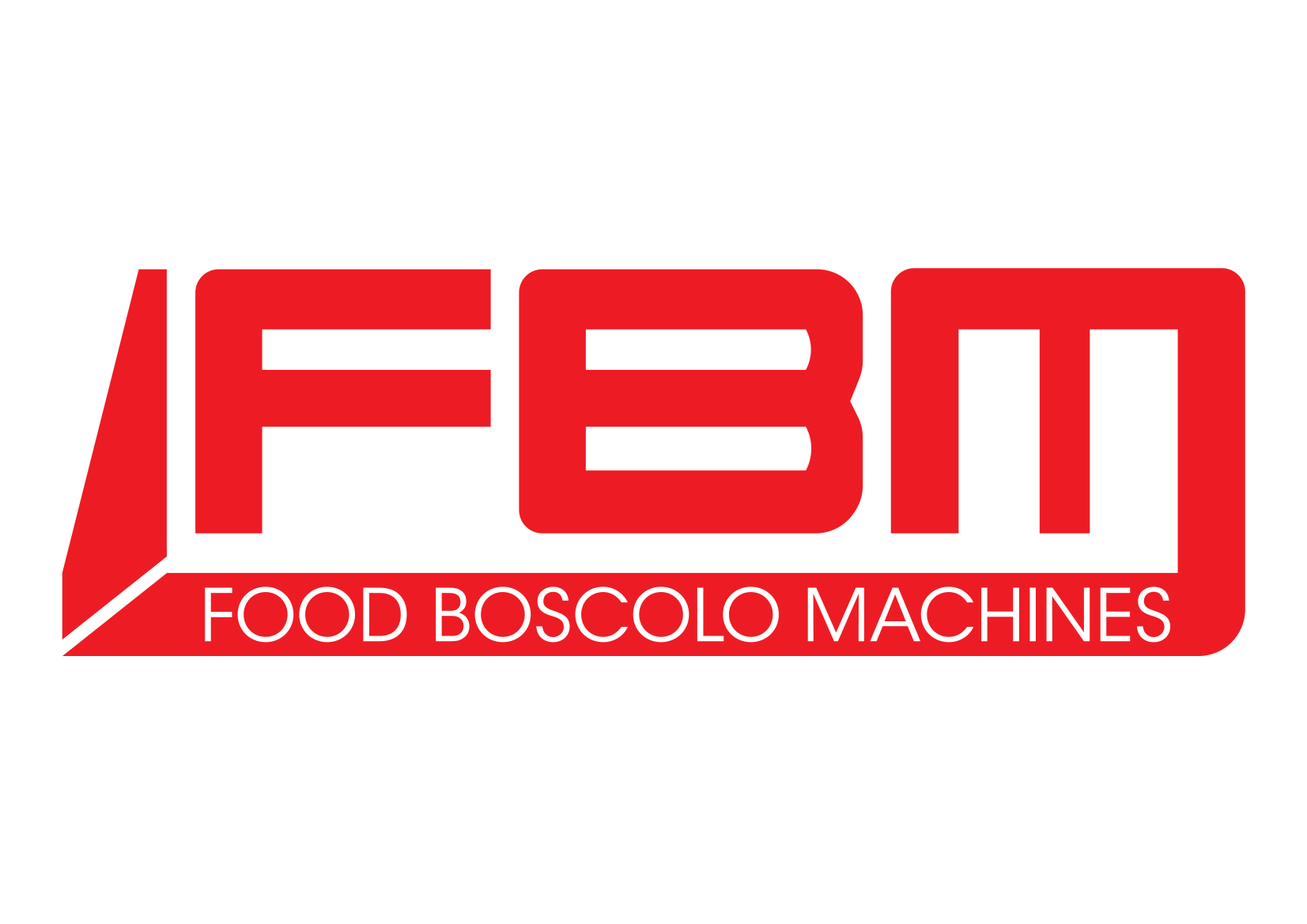
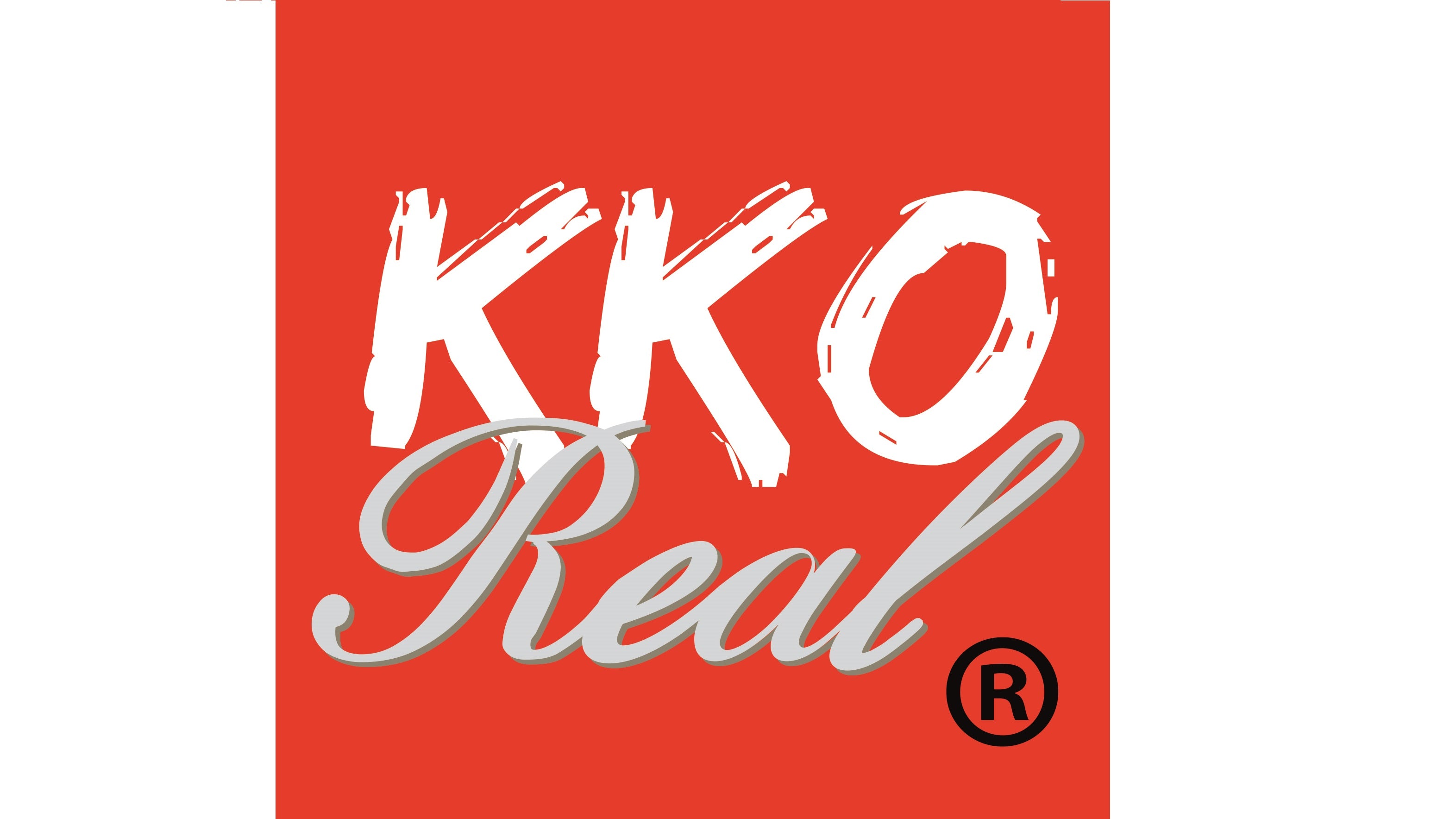

















Laisser un commentaire
Tous les commentaires sont modérés avant d'être publiés.
Ce site est protégé par hCaptcha, et la Politique de confidentialité et les Conditions de service de hCaptcha s’appliquent.